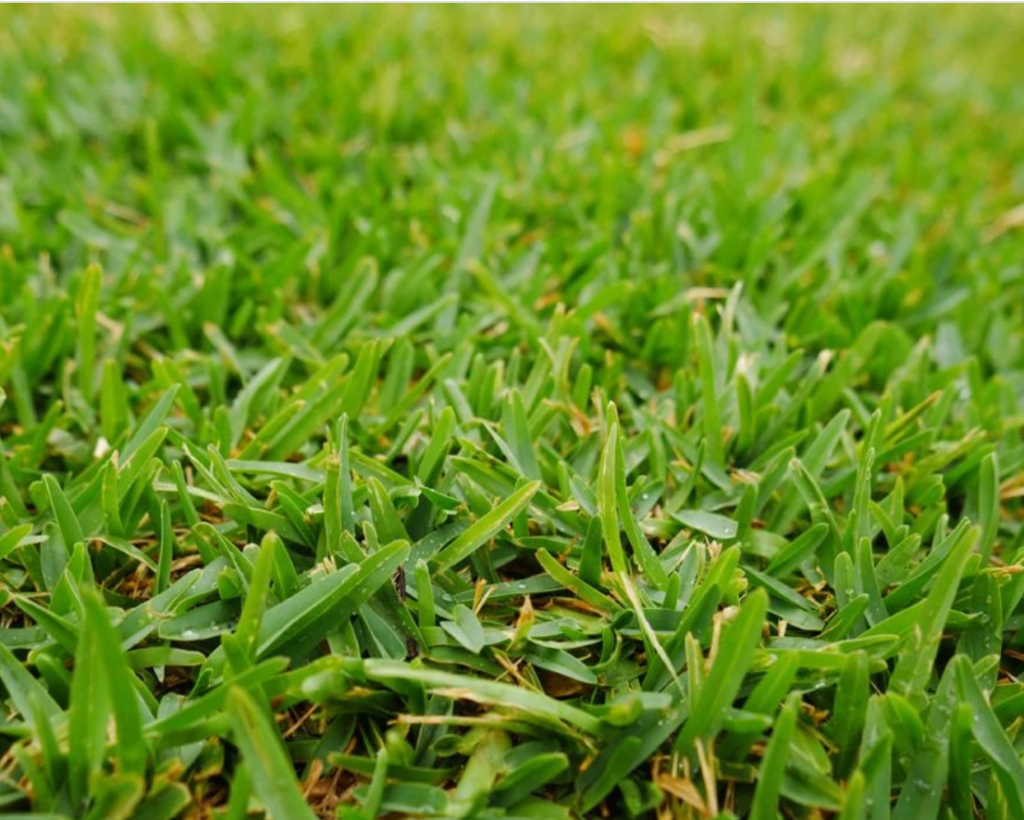Buffalo grass might be your best bet if you’re looking for a beautiful lawn that won’t require constant watering. Known for its durability, low maintenance, and ability to thrive in hot, dry climates, buffalo grass has become the go-to turf for homeowners and businesses seeking a drought-resistant solution. Let’s dive into what makes buffalo grass so special and why it could be the perfect addition to your landscape.
What is Buffalo Grass?
Buffalo grass (Bouteloua dactyloides) is a native North American grass that was originally found in the Great Plains region, stretching from Montana down to Texas. Over time, its impressive drought tolerance and minimal upkeep requirements have made it a popular choice for those looking to maintain a green, lush lawn without heavy water consumption.
Why Choose Buffalo Grass for a Drought-Resistant Lawn?
Water Efficiency
One of the biggest draws of buffalo grass from Nature’s Seed is its incredible ability to thrive in low-water environments. Unlike traditional grasses that require frequent irrigation, buffalo grass can survive on significantly less water. In fact, once established, it only needs about 1 inch of water per week, making it ideal for drought-prone areas or regions with water restrictions.
Low Maintenance
If you’re tired of constant mowing, fertilizing, and dealing with lawn care, buffalo grass will be a welcome relief. This grass grows slowly and stays shorter than many traditional varieties, reducing the need for mowing to just a few times a year. Additionally, it naturally fends off pests and weeds, which means less need for chemical treatments and fertilizers.
Heat and Sun Tolerance
Buffalo grass loves full sun and can withstand high temperatures that would scorch other grass types. Its deep root system allows it to access moisture from deeper in the soil, making it incredibly resilient in hot climates. For areas that experience long, hot summers, buffalo grass will stay green and thriving while other lawns might struggle.
Environmentally Friendly
With increasing concerns about water usage and the environmental impact of lawn care, buffalo grass offers an eco-friendly alternative. Its natural resistance to diseases and pests reduces the need for harmful pesticides, while its low water requirements help conserve a precious natural resource. Plus, since it doesn’t need to be mowed as frequently, you’ll save on fuel and reduce emissions from lawn equipment.
How to Plant and Care for Buffalo Grass
Planting buffalo grass from seed is a cost-effective way to establish a drought-tolerant lawn. Here’s a quick overview of the process:
- Soil Preparation: Start by preparing the soil through light tilling and removing any weeds or debris. Buffalo grass thrives in well-draining soils, so consider adding compost or sand if you have heavy clay soil.
- Seeding: Spread the seeds evenly across the lawn area, either by hand or using a spreader. The recommended seeding rate is about 2-3 pounds of seed per 1,000 square feet.
- Watering: After seeding, water the area lightly but frequently until the seeds germinate, which typically takes about 7-10 days. Once the grass is established, you can cut back on watering significantly.
- Mowing: Buffalo grass grows slowly and typically only needs to be mowed a few times a year. Allow the grass to reach around 4-6 inches in height before mowing to about 3 inches.
Is Buffalo Grass Right for Your Yard?
Buffalo grass is an excellent choice for many regions, especially in areas where water conservation is important. It’s particularly well-suited for homes and businesses in the western and southern United States where droughts are common. However, buffalo grass may not be the best fit if you live in a cooler or shady region, as it thrives in sunny, warm environments.
Conclusion
Buffalo grass is hard to beat for homeowners and property managers looking for a low-maintenance, eco-friendly lawn that can withstand heat and drought. Its water-saving properties, durability, and resilience make it an excellent choice for anyone looking to maintain a beautiful lawn without the hassle of frequent watering and mowing. Consider switching to buffalo grass and enjoy a lush, green yard that’s both cost-effective and environmentally responsible.

